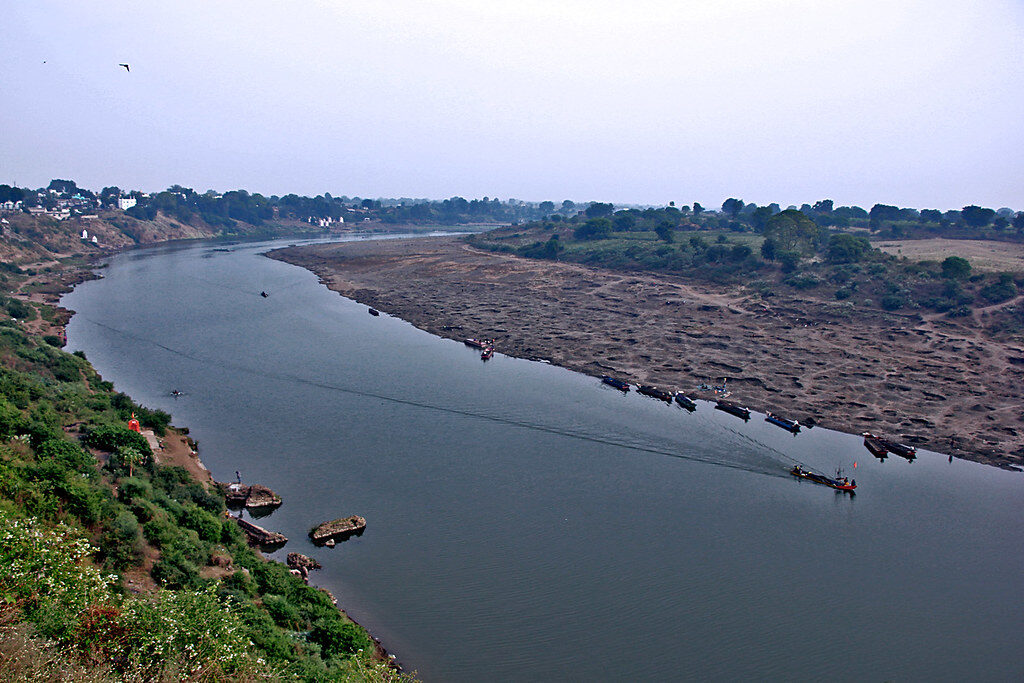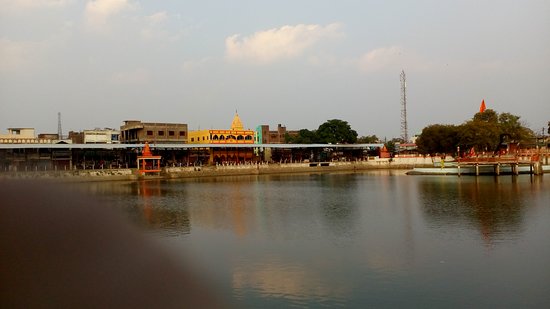Tapti River

The Tapti River, meandering through the heart of India, is not merely a watercourse but a cultural lifeline. In this in-depth exploration, we delve into the multifaceted reasons why the Tapti River holds immense cultural importance, weaving stories of heritage, traditions, and the symbiotic relationship between communities and the sacred waters.
Introduction
Rivers have long been the cradle of civilization, shaping cultures, traditions, and histories. The Tapti River, with its gentle flow and fertile banks, has played a pivotal role in the cultural tapestry of the Indian subcontinent. After the Narmada River, the Tapti River is the second-largest river in India that flows west. This article endeavors to unravel the layers of cultural significance that make the Tapti River a revered entity in the hearts of those it touches.
Historical and Mythological Connections
Epic Narratives: Tapti in Ancient Texts
The Tapti River finds mention in ancient Indian scriptures and epics, establishing its cultural importance from time immemorial. References in the Rigveda and the Mahabharata depict the river as a sacred entity, bestowing cultural and spiritual sustenance to the land through which it flows.
Mythological Tales: The Goddess Tapti
In Hindu mythology, the Tapti River is personified as a goddess. Legends tell of her descent to Earth and the cultural significance attached to her divine presence. Pilgrimages and rituals along the Tapti’s banks are intertwined with these mythological narratives, fostering a deep cultural connection.

Cultural Practices and Festivals
Rituals and Ceremonies Along the Banks
The Tapti River has been a witness to countless rituals and ceremonies conducted by communities residing along its banks. From sacred baths to religious processions, these cultural practices reflect the symbiotic relationship between the river and the people who rely on its waters.
Chaitra Purnima: Celebrating the River’s Purity
Chaitra Purnima, a festival celebrated on the full moon day in the month of Chaitra, holds special significance along the Tapti. Devotees engage in rituals, prayers, and community gatherings, marking the river’s purity and fostering a sense of cultural unity.
Art, Architecture, and Cultural Heritage
Temple Towns: Architectural Marvels Along the Tapti
The Tapti basin is dotted with temple towns that showcase exquisite architecture and artistic expressions. Temples dedicated to various deities stand as testament to the rich cultural heritage of the region, drawing pilgrims and art enthusiasts alike.
Folk Traditions and Arts
Local communities along the Tapti have preserved and enriched their cultural identity through folk traditions, music, and arts. Festivals, folk dances, and traditional art forms reflect the vibrancy of the cultural landscape shaped by the river’s influence.
Economic Importance and Livelihoods
Agrarian Societies: Tapti as the Source of Life
The fertile plains along the Tapti have been the backbone of agrarian societies. The river’s waters have supported traditional farming practices, providing sustenance to communities and influencing the agricultural calendar, thus shaping cultural practices around farming and harvest.
Trade and Commerce: River as a Transport Route
Historically, the Tapti served as a vital trade route, facilitating the transportation of goods and fostering economic exchanges. The cultural amalgamation along these trade routes has left an indelible mark on the collective identity of the people.
Environmental Consciousness and Conservation
Rising Awareness: Cultural Responsibility for the River
In contemporary times, there is a growing awareness of the environmental challenges faced by the Tapti. Cultural practices are evolving to include eco-friendly measures, and conservation initiatives are gaining momentum, reflecting the cultural responsibility to protect the lifeline that is the Tapti.
Conclusion: Tapti’s Enduring Legacy
In conclusion, the cultural importance of the Tapti River transcends time and space. From ancient myths to contemporary environmental consciousness, the river has been an integral part of the cultural evolution of the regions it traverses. The Tapti’s enduring legacy continues to shape the cultural identity of the people who call its banks home.
Know More about Tapti River.
What are The Religious Places of Tapti River?
When Did The Tapti River Basin Become a Focus?
Where is The Tapti River Located?
Who Were The Key Historical Figures and Civilizations of The Tapti River?
How to Reach Tapti River?




